Autism Practices
Learning Specialists & Leading Teachers

Autism Practices
Learning Specialists & Leading Teachers
Welcome to our new page called 'Autism Practices'.
As part of our AIP, the SIT team has committed to creating a page highlighting autism practices and strategies. Therefore, we will have different leaders contributing to this page fortnightly.
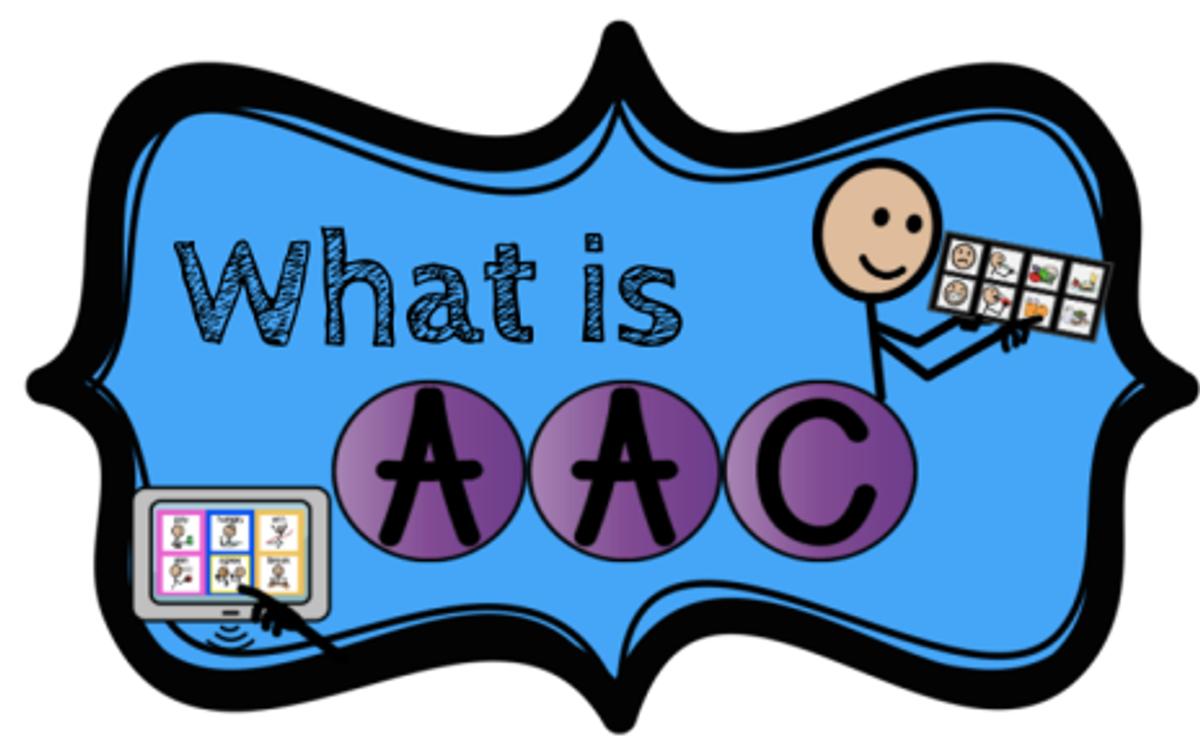

For children with autism, expressing themselves verbally can often be challenging, making it difficult to communicate their thoughts and needs effectively. One solution that has proven to be incredibly helpful is the use of Augmentative and Alternative Communication (AAC) devices.
AAC devices are tools designed to support individuals facing communication difficulties in expressing themselves. These tools can take various forms, from simple options like picture boards and communication books to more advanced solutions such as speech-generating devices and tablets.
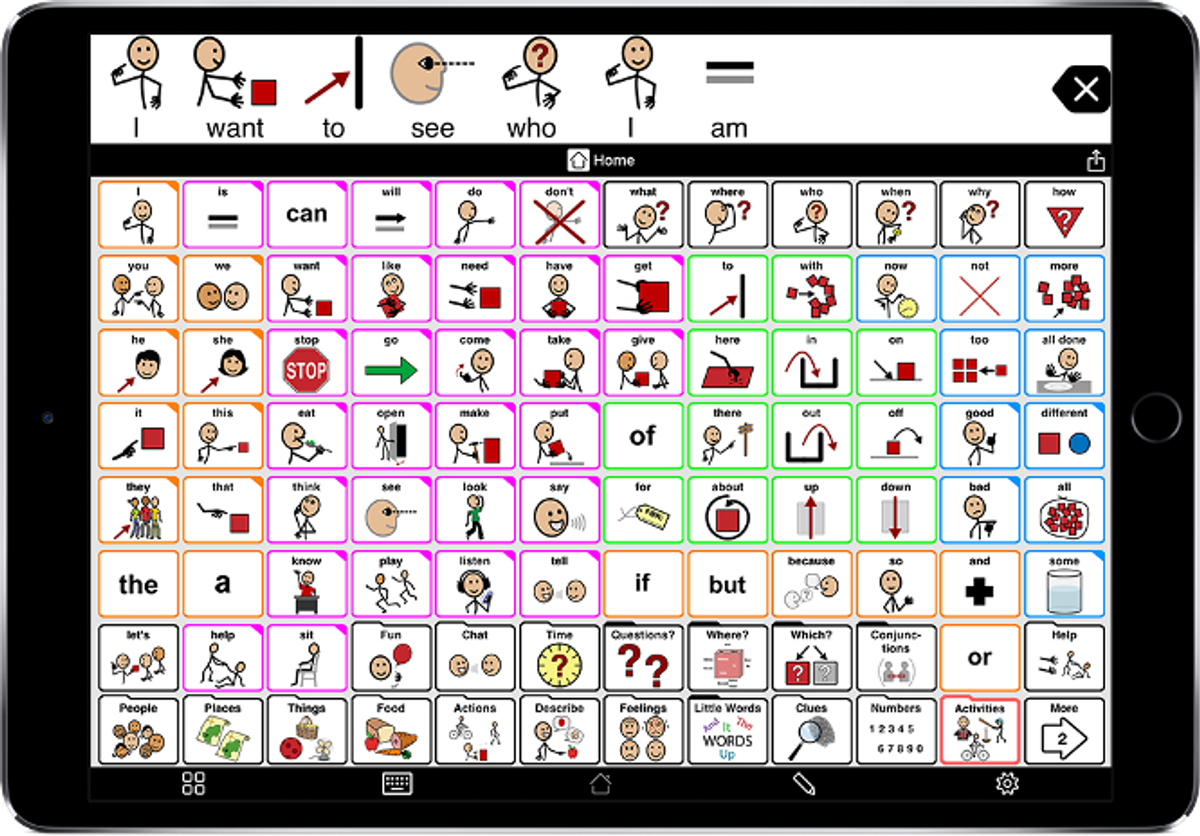

These devices work by providing a means for nonverbal individuals to communicate effectively. Some use symbols or images to represent words or phrases, while others utilise text-to-speech technology to convert written content into spoken language. Additionally, some devices can store pre-programmed messages, making it easier to convey common phrases or requests.
One of the great things about AAC devices is their adaptability to meet the unique needs of each user. For example, some devices feature larger buttons or symbols for individuals with fine motor challenges. They may also offer multiple language options for those who are proficient in more than one language.
AAC devices play a crucial role in empowering individuals with autism to communicate effectively, leading to improved social interactions, reduced frustration and anxiety, and overall well-being. These devices also contribute significantly to language development in children with autism, helping them acquire more complex sentence structures and enhancing their long-term communication skills.
AAC devices can be categorised into two main types: unaided and aided.
Unaided Systems rely on the person’s body to convey messages. Examples include gestures, body language, and/or sign language.
Aided Systems require the use of tools or equipment in addition to the person’s body. Aided communication has different ranges: from paper and pencil → communication books and boards → devices that produce voice output (speech generating devices). Electronic communication aids allow the user to use picture symbols, letters, and/or words and phrases to create messages. Some devices can be programmed to produce different spoken languages.
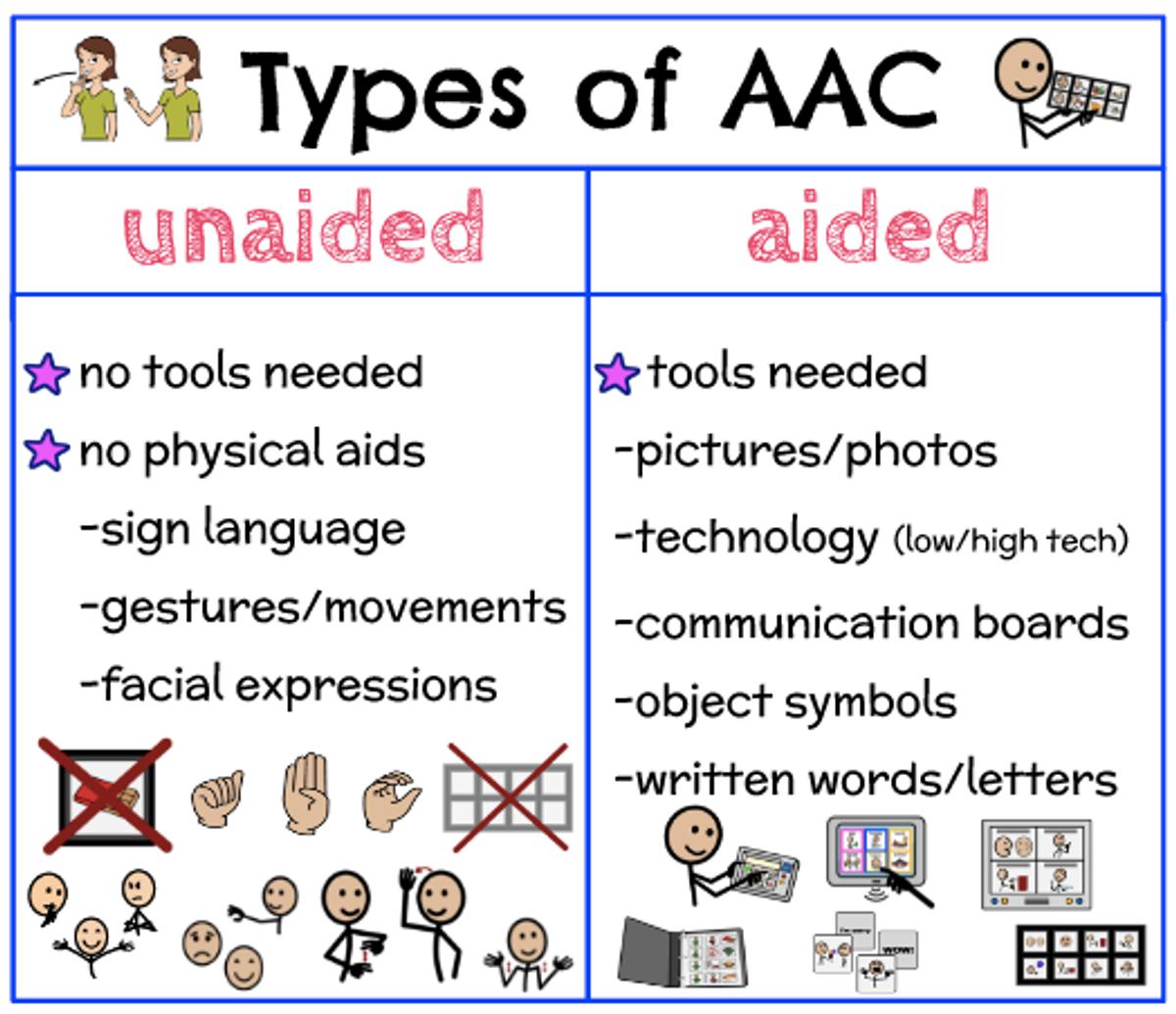



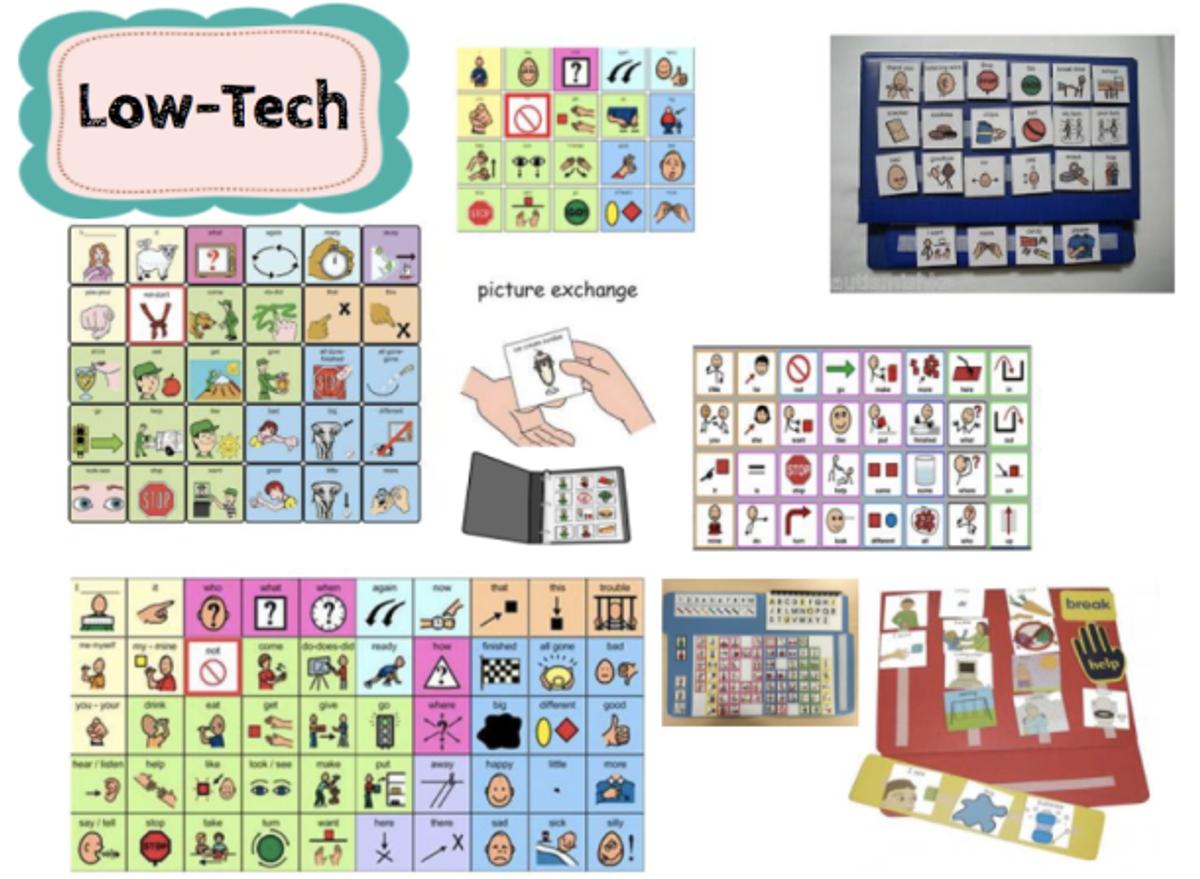

Everyone uses Core vocabulary to communicate. There are 2 types of Vocabulary –core and fringe.
Core vocabulary is a small set of commonly used words (high-frequency words) that support communication and language learning. It refers to words that speakers use frequently across multiple settings, such as the park, school, and home. These high-frequency words bridge topics and environments, and children can easily combine them to form meaningful phrases and sentences. They are often small, commonly used words (e.g. I, have, the, want, on..etc) and are typically pronouns, verbs, and demonstratives, such as it, go, want, eat, I, this, and no.
Fringe vocabulary is more situation specific (words that occur infrequently). Fringe words refer to a specific set of low frequency words that are specific to a particular person or activity. Their importance changes from context to context and from person to person (e.g., evaporation, museum, funny, etc.).
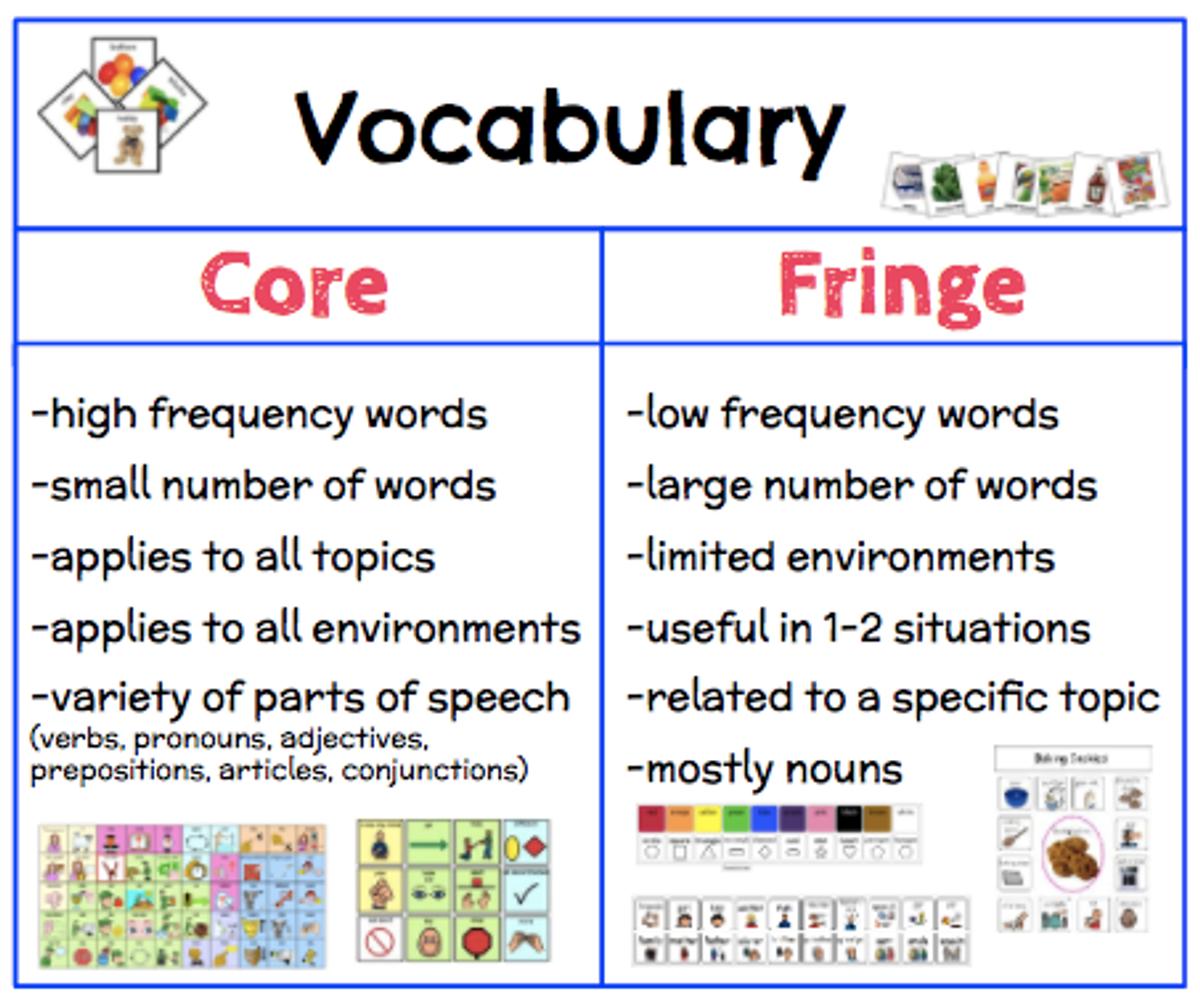

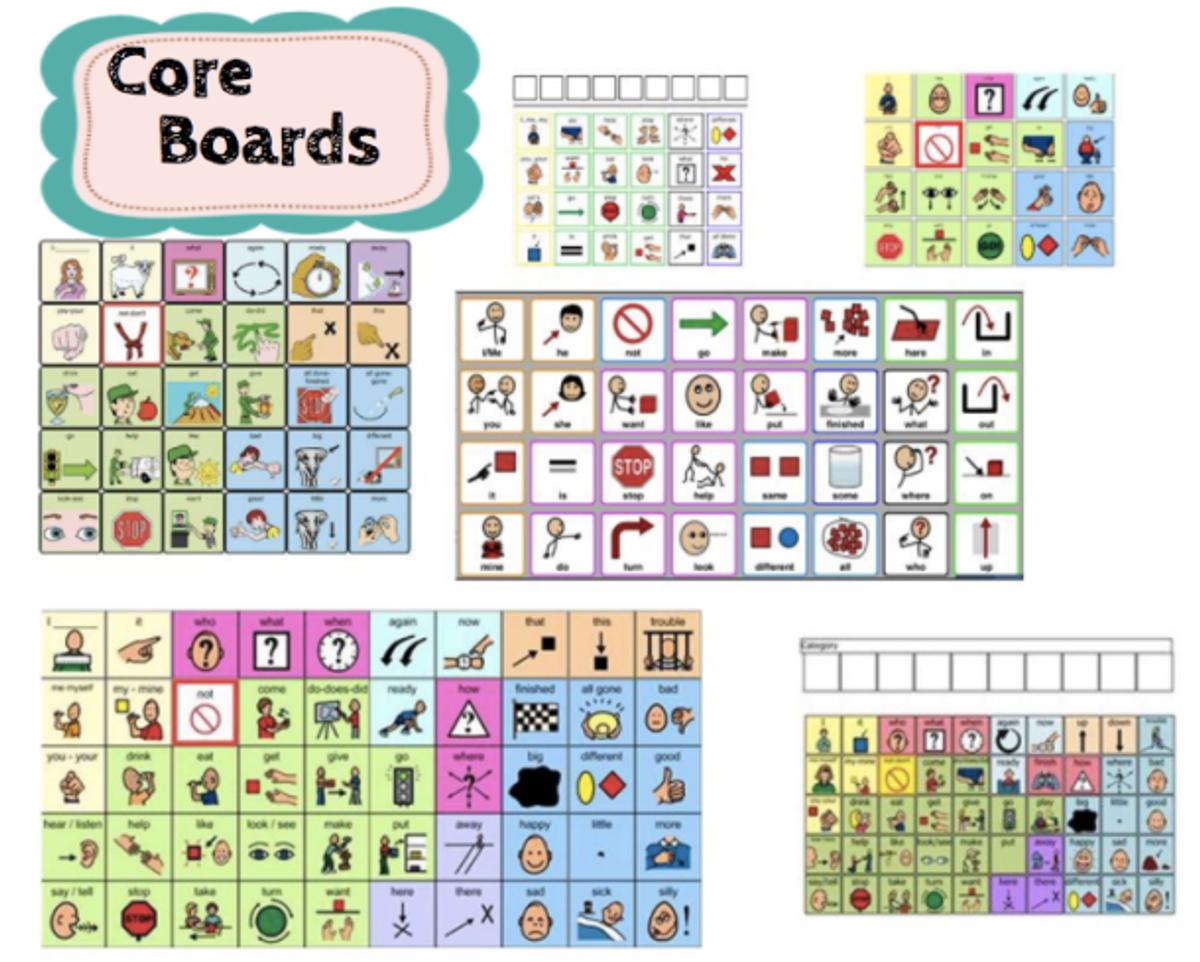

JSA AAC Policy 2021
https://www.jacanaschoolforautism.vic.edu.au/wp-content/uploads/2022/08/AAC-Policy-2022.pdf
Raising Children Network
https://raisingchildren.net.au/autism/development/language-development/augmentative-communication-asd
Department of Education Victoria
https://www.vic.gov.au/support-school-students-autism
https://www.education.vic.gov.au/PAL/DIP-supporting-information-guidance-schools.docx
Kids at Max
https://kidsatmax.com.au/augmentative-alternative-communication-aac/